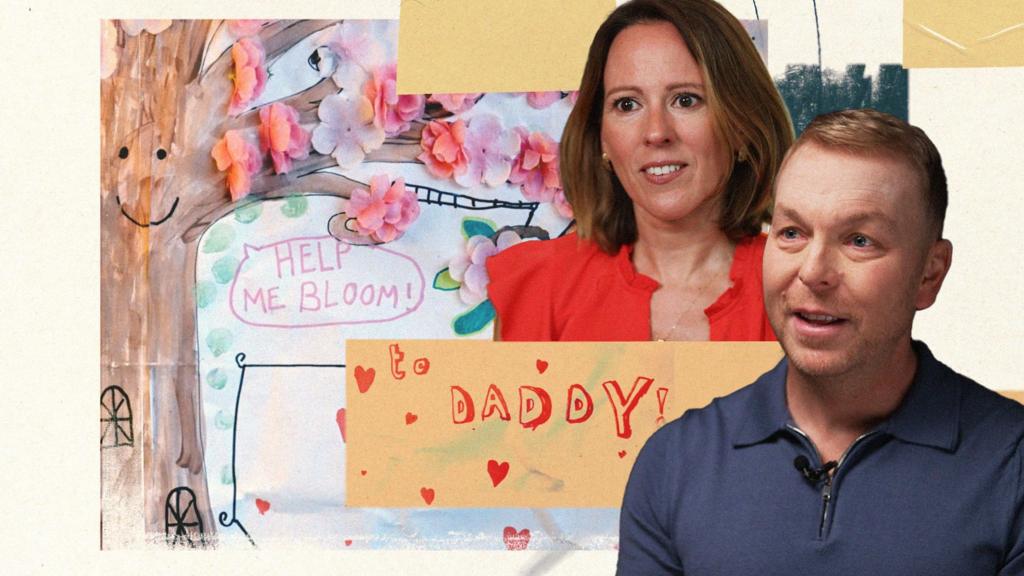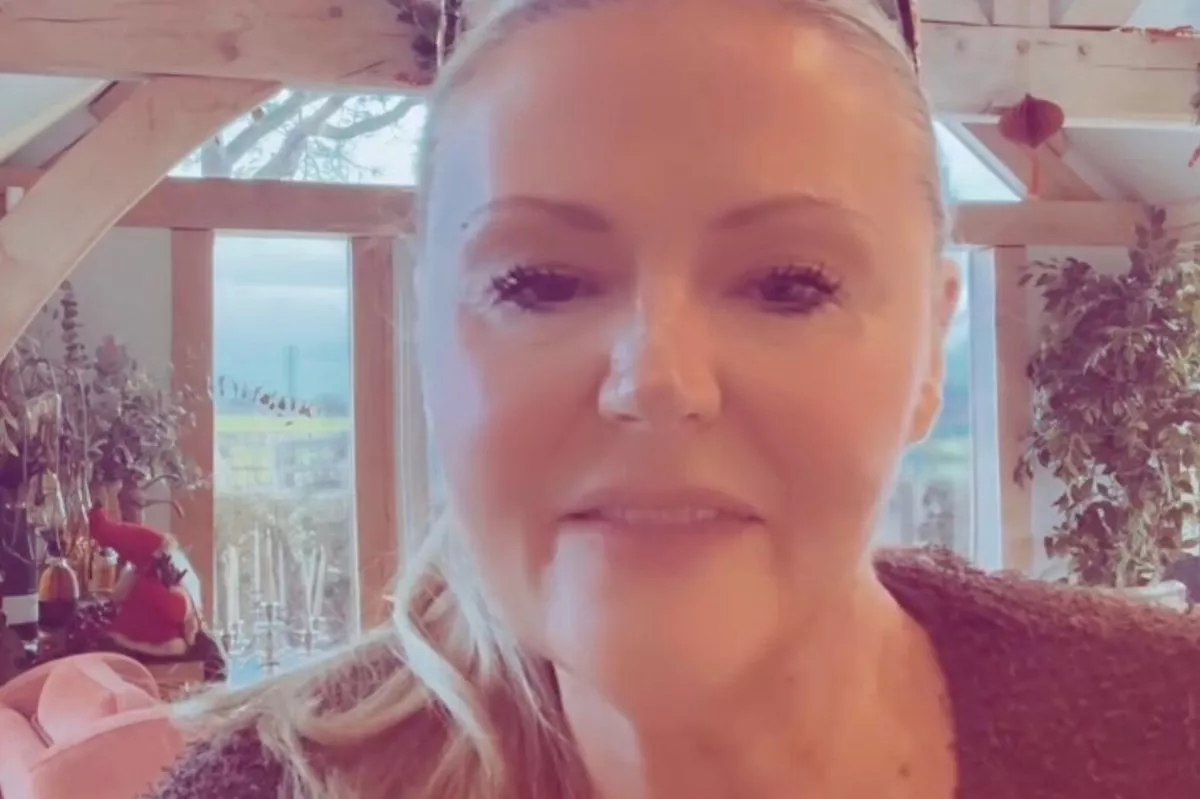Real Housewives of Cheshire star Debbie Davies has urged people to get checked out after discovering she has tonsil cancer caused by the HPV virus
Real Housewives of Cheshire star Debbie Davies has shared the sad news she has cancer. The 58-year-old reality star, who is also a psychic, ghost hunter and medium, took to Instagram to reveal she had been diagnosed with tonsil cancer at the end of November.
Posting a video, she told her followers how she had been experiencing a constantly sore mouth for a while and had “so many sore throats over the years”. But she said that “never for a moment” did she think it could be something so serious.
Doctors only discovered it was cancer after she had three teeth out and a nurse advised Debbie to get checked out. She said: “Thank God a nurse at Wythenshawe Hospital mentioned the possibility of it being cancer to me! Thanks to her I got checked out and now I’m getting treatment.”
Since her initial diagnosis, Debbie has been giving fans regular updates – and warning people what to look out for so it doesn’t happen to them, or they at least have the best chance of catching it early.
READ MORE: Real Housewives of London to merge with another hit reality show
Sharing a photo of herself wearing a special mask covering her whole head apart from her nose that’s meant for radiotherapy treatment, Debbie said: “Constant sore throat? Get checked. Tonsil cancer caused by the HPV virus is no joke.”
In the caption she wrote: “The advice is simple, get checked. The mask looks grim but it’s doable and if you want to survive you’ve got no choice.
“Today someone messaged to say they’ve got diagnosed because they got seen after my first post, to me that makes baring my soul worth it, no woman wants to be seen at her worst, but if it saves lives I’ll do it.
“So apologies for banging on about this, it is what it is, please share and get this out there. Cancer – you are the devil’s work and I’m one of God’s women, so heaven help you picking a war with me.”
In her latest post, Debbie shared that she is having a mix of chemotherapy and radiotherapy over the next few weeks to hopefully be rid of the cancer for good.
She told fans: “I’m OK, and hopefully I’m going to be OK.
“So, finally, after a ton of appointments, I don’t go back until Monday and that’s for radiation and chemotherapy for six weeks.
“Although that’s not going to be easy and simple because the cancer is in my mouth, it’s on my tonsils and in my glands. So, I’m going to be very burnt from the radiotherapy. I’ve got that ordeal to get through.
“But six weeks of treatment and then, please God, I’ll be cancer free. So, keeping everything crossed. Six weeks, I’ll have to recover, but please God, I’ll go back to normal and be cancer free.”
Debbie first appeared on The Real Housewives of Cheshire in 2021, taking over from Dawn Ward, and quit after just one series. But she returned to the ITV2 show earlier this year for the 10th anniversary series.
READ MORE: Ted Baker necklace that’s an affordable alternative to Kate Middleton’s pearl jewellery is on sale
Follow Mirror Celebs on TikTok , Snapchat , Instagram , Twitter , Facebook , YouTube and Threads



